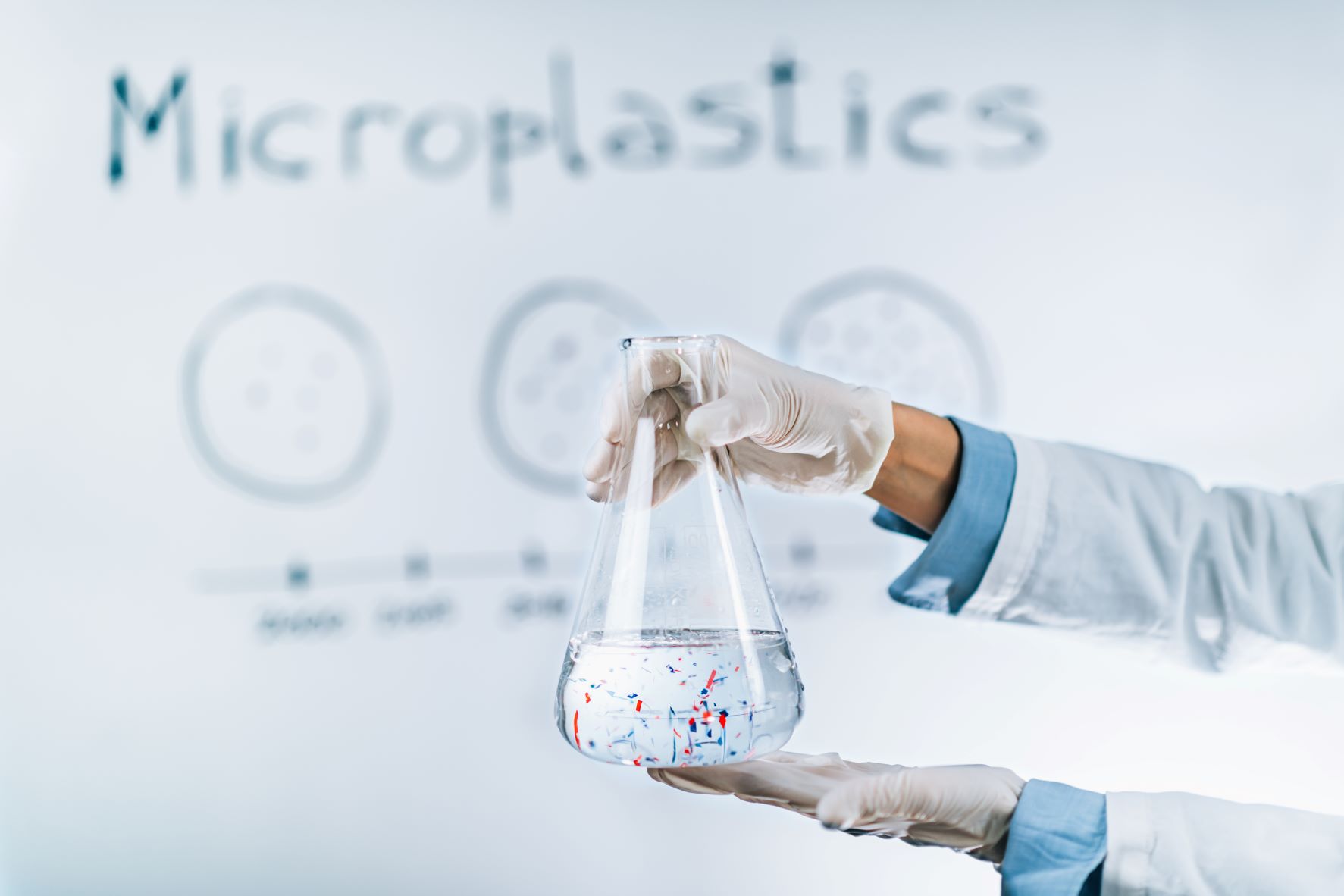Lassonde team develops new tool for the detection of microplastics in water
Tags:

Due to the breakdown of large plastics and commercial product development, water sources often contain pollutants, some of which are undetectable to the naked eye. One example of such pollutants is micro-and nano-plastics, which are harmful both to the environment and living organisms, including humans. That’s why researchers at the Lassonde School of Engineering at York University are working to develop innovative methods for the detection of microplastics in bodies of water. Although there are some standard laboratory-based methods to detect microplastics, they often have significant drawbacks, including both time and cost, which prevent their use in detailed investigations of aquatic environments.
Recently, a group of researchers from Dr. Pouya Rezai’s lab in the Department of Mechanical Engineering have designed and prototyped an affordable and simple microfluidic device for the on-site detection of microplastics. The team of researchers includes two postdoctoral fellows and former Lassonde Ph.D. candidates, Dr. Alireza Zabihihesari and Dr. Arezoo Khalili and one MSc student, Mohammad-Javad Farshchi-Heydari. They fabricated the device with replica moulding of two polydimethylsiloxanes (PDMS) layers onto 3D-printed master molds. The microfluidic device consists of a straight microchannel in which the water sample enters from one end and leaves from the other. Simultaneously, a DC sweep current is applied to two microwires crossing the microchannel. Applying an electrical current to microwires induces an attractive electrophoretic force which leads to microplastics accumulating on the positive or negative electrode (microwires), thereby changing the electrical resistance.

This approach was tested using sparked microplastics in water at different concentrations. In the future, this sensor can be integrated into a hand-held device, enabling on-site detection of microplastics in aquatic environments. Currently, Dr. Rezai’s group is working to expand the application of their sensor for detecting microplastics of different shapes, types and sizes in real samples collected from lakes, seas and oceans with various concentrations of salt.
Their manuscript is now available online and for the past few weeks it has been listed on SSRN’s Top Ten download list for: Analytical Chemistry eJournal and ChemRN: Fluidics.
The manuscript can be viewed online: Simple Microfluidic Device for Simultaneous Extraction and Detection of Microplastics in Water Using Dc Electrical Signal by Alireza Zabihihesari, Arezoo Khalili, Mohammad-Javad Farshchi-Heydari, Armin Eilaghi, Pouya Rezai :: SSRN